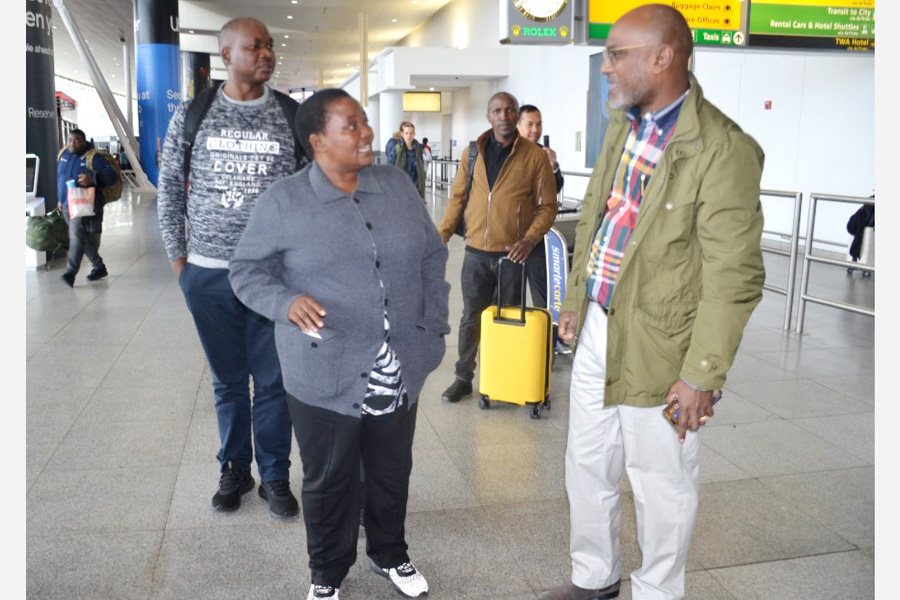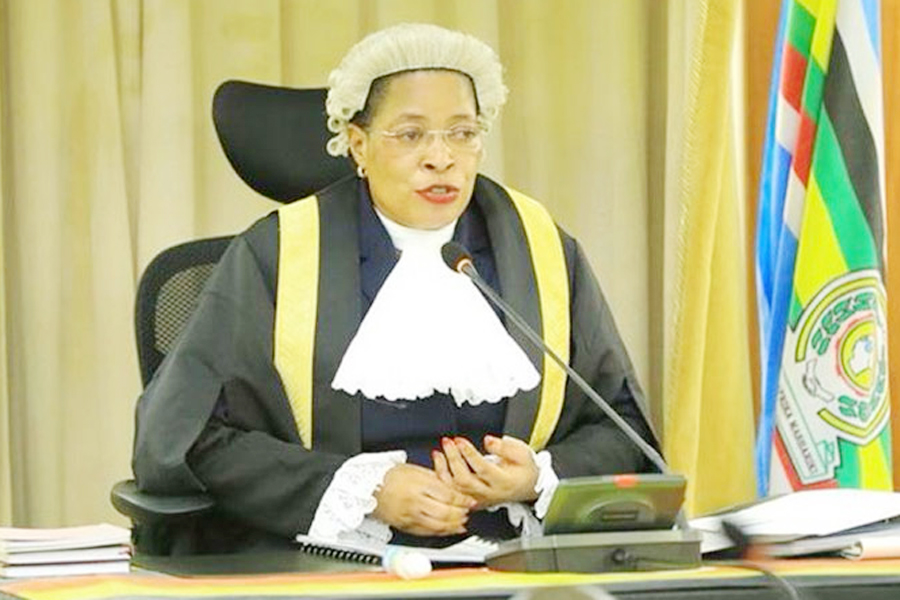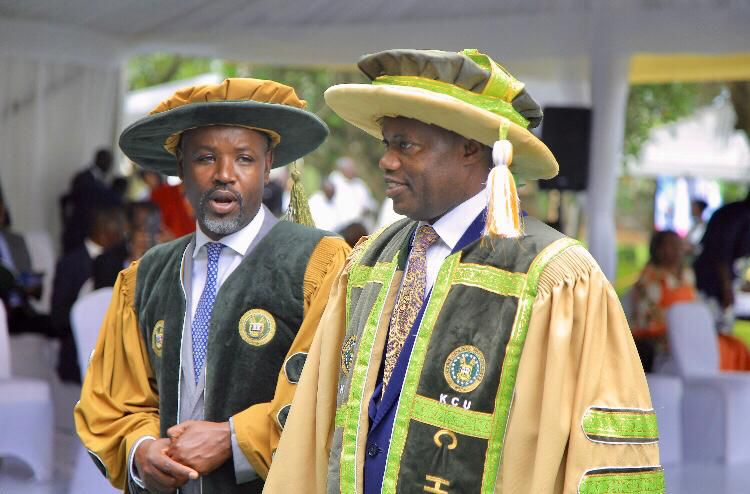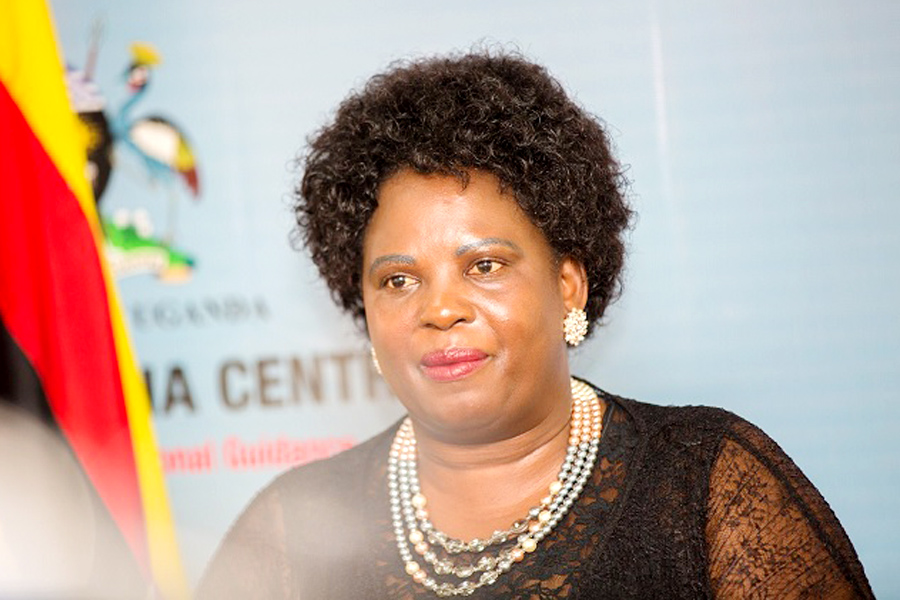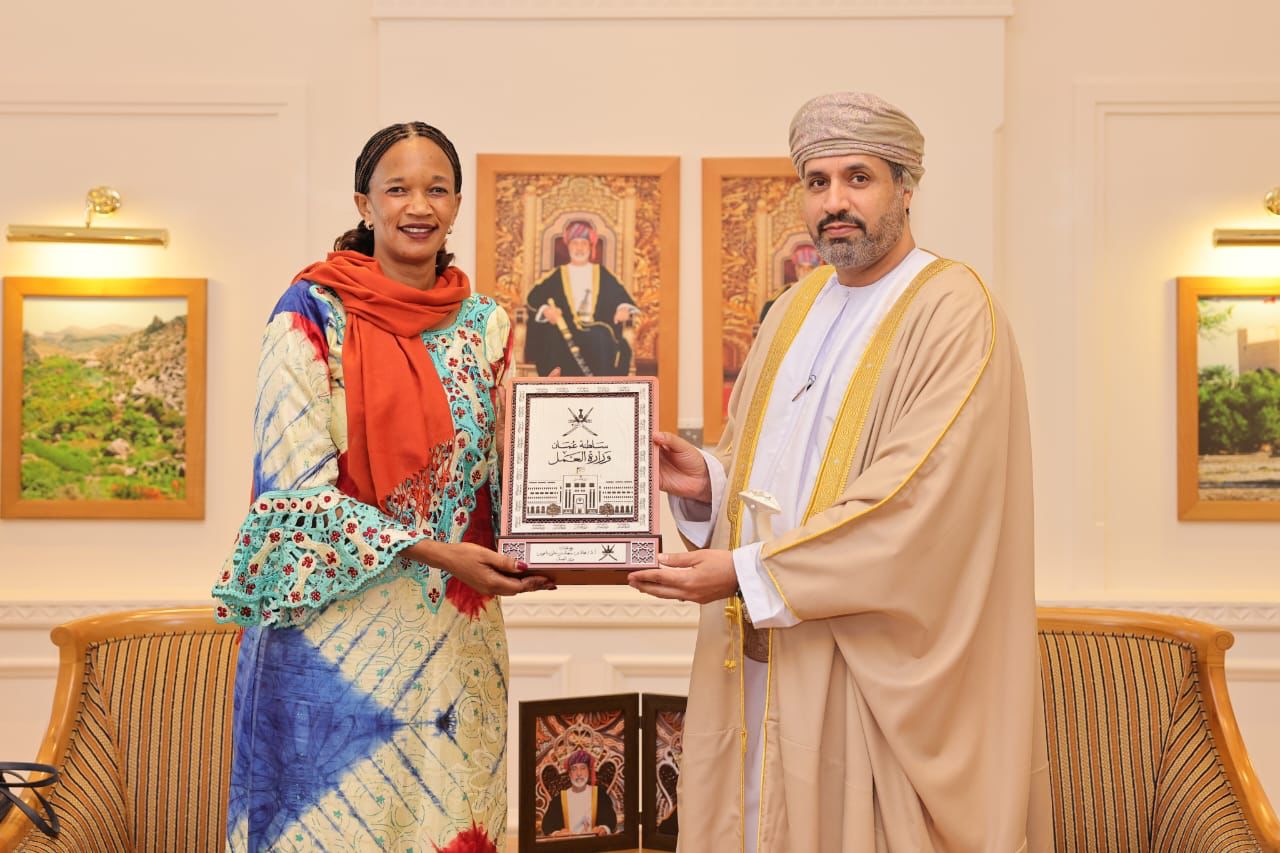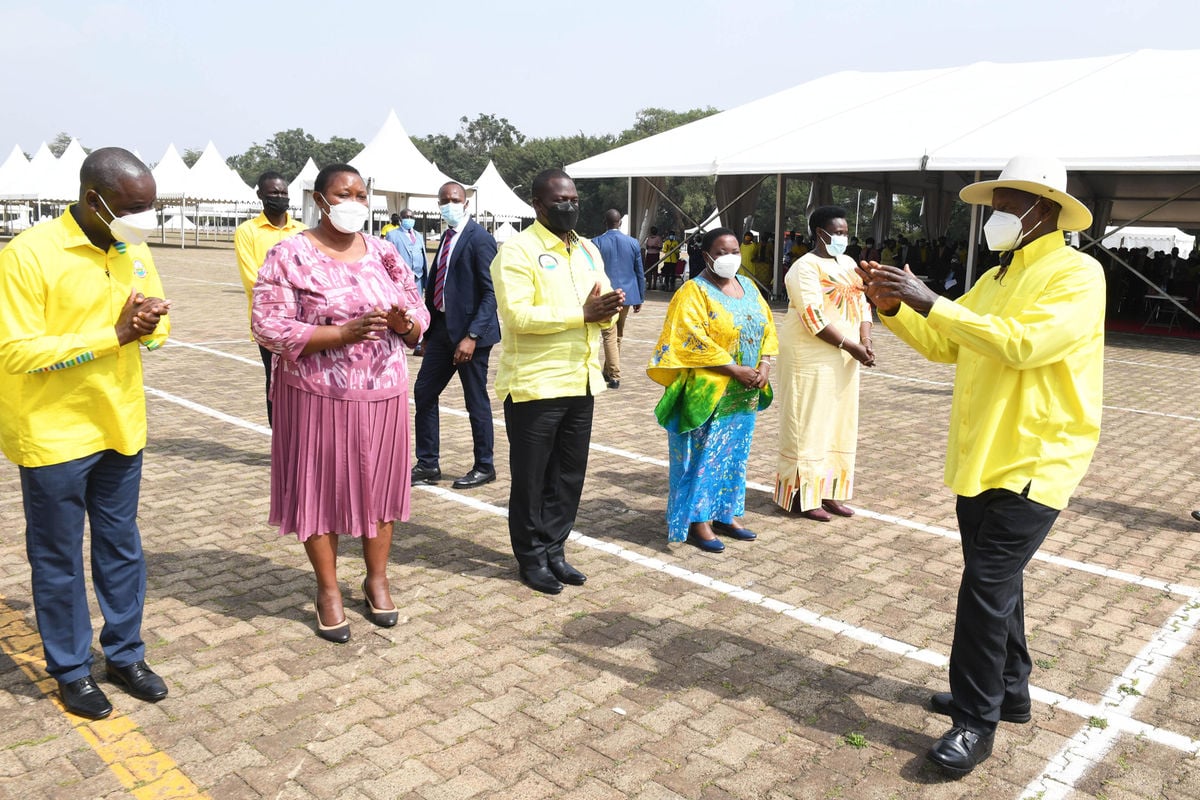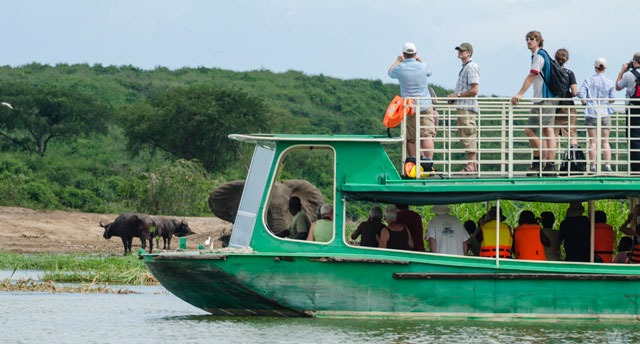World Cup kits go retro, but there's only one winner
Captain John Obi Mikel wrote in an opinion piece published hours before their critical World Cup game against Argentina: "Nigeria is not here to wear a nice kit."
But for some neutrals the 2-1 defeat by Lionel Messi's side on Tuesday was more than Nigeria exiting the tournament -- it meant the best team shirt only made one appearance in Russia.
Keep Reading
Some media commentators and observers have called this the best ever tournament for kits, pointing also to the retro-inspired tops of Germany, Belgium, Spain and Colombia.
Designed by Nike, Nigeria's jersey boasted white and neon green chevrons on the body, complemented by black and white chevrons on the sleeves.
When it went on sale in early June in London, some queued from the early hours and the dazzling shirt sold out in a frenzied few minutes.
Fans, fashion writers and footballers rushed to acclaim Nigeria's kit -- described by Vanity Fair as "the team's sold-out-everywhere streetwear crossover".
Vanity lamented the end of Nigeria's tournament, saying neutral fans had made them their team purely because of the shirt.
But Mikel's team only got to wear it once in Russia, in a 2-0 win over Iceland, and instead sported their more sober away kit -- plain green -- against Croatia and Argentina.
- Classic, retro -
Noz Hyde, a creative design manager for New Balance, said they had gone for a "classic" look.
The American company was responsible for the jerseys worn at the World Cup by Costa Rica and Panama.
Both wore unashamedly simple tops and Hyde told AFP: "Our kit ethos was all about high performance housed within a classic look.
"We felt strongly, as did the federations, that the most important factors were the understated clean lines, considered trims and the amplification of the national colours."
Hyde said that New Balance were in "close contact" throughout with the teams as they mapped out the designs.
It is no good having a kit that the players do not like or feel proud to wear.
Hyde identifies a clear theme at this World Cup.
"On a whole, I feel the kits have moved to a more classic, simplistic approach in terms of construction," he said.
"The main focus seems to have been placed on the visual graphic execution, whether that be via prints or body mapping.
"I can see a trend for retro inspired kits from some brands and a more technical performance offer from others."
- 'Monstrous melange' -
When it comes to team kits, it is obviously all a matter of taste.
Some are big fans of Colombia's, a remake of the one they wore in Italy in 1990 -- predominately yellow with jagged shoulder stripes of red and navy blue.
Spain's shirt -- also made by Adidas -- is another nostalgic throwback to the 1990s.
GQ, the British men's style magazine, ranked Spain's one of the worst, calling it a "monstrous melange of red, purple, and yellow".
It also wondered if the Colombian shirt was "the outfit of a Marvel superhero that never made it on paper".
But all were agreed: Nigeria won the day.
"The heady mixture of cool green, white and black evoke sensations of spearmint gum, while the blurred chevrons ooze cool," it said.
In the build-up to the crunch Argentina game, former England and Manchester United defender Rio Ferdinand tweeted: "Come on Nigeria don't let you be remembered at #WorldCup2018 for fashion over football please!"
But with Nigeria's tournament over after winning just once, they are in danger of being remembered for exactly that.
Africa's 'step back' in worst World Cup since 1982
Senegal's elimination on fair play rules not only made World Cup history, it is also the first time since 1982 an African team failed to reach the tournament's second round.
Thirty six years ago such a poor performance by African teams was seen as less shocking.
In 2018, with the current crop of African stars such as Mohamed Salah and Sadio Mane, matching the record from the Spanish World Cup underlines what a disastrous tournament this has been for Africa.
The failure of five nations to qualify from the group stage triggered instant retrospection.
Didier Drogba, who appeared at three World Cups with Ivory Coast, said African teams had taken a "big step back" in Russia.
"Africa is going to be successful one day but we need to think again how we approach these big competitions," he told the BBC where he is working as a television pundit.
Drogba called for better structure and planning to help African teams at future competitions and urged them to emulate European sides.
In some ways it was even worse than 1982, when at least Cameroon drew with eventual champions Italy and Algeria were denied only by the infamous West Germany v Austria "Disgrace of Gijon" game.
In Russia, three African teams -- Egypt, Morocco and Tunisia -- were out before the third group games started, Nigeria suffered late heartbreak against Argentina and Senegal's exit is ultimately set to become a World Cup quiz question for the ages.
- Without a whimper -
Or to put it more brutally, Egypt went out without a whimper; Tunisia likewise; Morocco played well but could not score and Nigeria, like Senegal, choked when it mattered most.
In fifteen games, the African teams managed just three wins, one of those a dead rubber.
Senegal's coach Aliou Cisse was gracious after his team's 1-0 defeat by Colombia and offered some hope saying his side, which he called "Africa's team" before the last match against Colombia, "can have a bright future".
But it is clear that on the global stage, African football is at best, standing still.
Only three African teams have ever reached the quarter-finals of a World Cup -- a Roger Milla-inspired Cameroon in 1990, Senegal in 2002 and Ghana in 2010, who were denied reaching the semi-finals by penalties and a Luis Suarez handball.
The failure is surprising as it comes at a time when African representation is growing at World Cups and when fans have waited patiently for one team from the continent to make their mark on football's biggest stage.
And this tournament had begun with such high hopes.
Egypt's Salah was the most talked about star of the game, but his injury in the Champions League final and it subsequent impact on his country's chances, set in train weeks of unremitting bad news for African sides.
The only World Cup light on the horizon is that the number of African teams will increase from five to nine in 2026 as the tournament expands.



